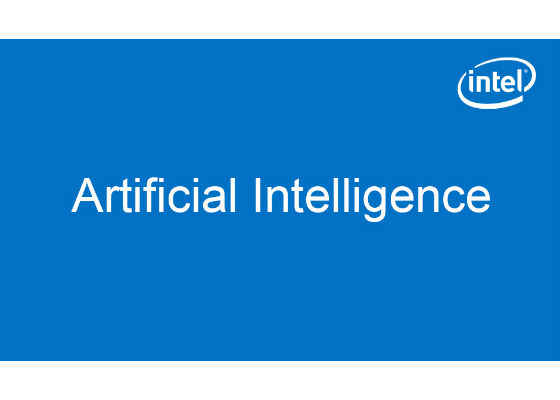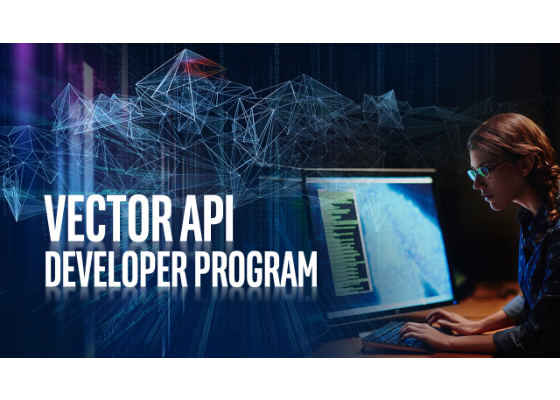Java and Intel Technology: Building the future

In my keynote address at JavaOne 2017 on Oct 2nd, I talked about building the future of data with Java. The growth in daily data generation continues, but the Internet of Things (IoT) soon will outpace the connections and data generated by people.
 Survey
SurveySmart, connected devices and sensors are joining the Internet at a rapid pace, and they will generate tremendous amounts of data. By itself, data is not so interesting; the critical idea is to rapidly extract insight and intelligence from data.
The speed of insight has become a new competitive advantage for companies—it boosts their business, helping to reduce costs, better understand customers, create new innovations, launch new initiatives, and respond more quickly in today’s digital economy. Business is fundamentally changing.
Intel® technology and Java, building the future together
We view Java as a foundational technology for unleashing the potential of data. We believe the performance and intelligence of Intel technology and Java can make a better future possible.
Performance is everything in a world where the difference between minutes and months can mean the success or failure of a business—or in extreme cases like medical treatment, it can mean saving lives.
At Intel, we’re working to build solutions that are up to the challenge. Our newest hardware, the Intel® Xeon® Scalable processor family, is designed to turn data into decisions, faster than ever. And it gets even better when you add the Java Development Kit, version 9 (JDK9).
I have shared before that a decade of accelerating Java had led to 73X performance boost; now with our latest processors and JDK9, that number has jumped to 110X. For more information, read our white paper Intel Accelerates HW and SW Performance for Server Side Java Applications.
In addition, Intel® Optane™ technology will open up new opportunities for programmers. Intel Optane technology is a once in a generation transformation in memory media. With Intel Optane technology, random accessibility and nonvolatile durability come together, allowing for incredible speed at terabyte scale. These innovations provide unique opportunities for software developers to reimagine their architectures for products such as not-only-structured query language (NoSQL) data stores and data grids.
Persistent memory programming can be tricky, requiring access to low-level CPU instructions that can make it cumbersome for Java applications. We want to make this easier for Java developers, so we now offer a new library called Persistent Collections for Java. It provides Java developers an optimized and easy-to-use set of data structures. Check out our open source developer site at https://github.com/pmem/pcj for more information.
We are equally excited about the promise of artificial intelligence (AI) as the next big wave of computing innovation. AI will change the way businesses operate and how people engage with the world. AI will harness and convert the flood of data into powerful insights and smarter decisions. Increasingly, these insights will be made by machines, as powerful algorithms and machine-to-machine communications become the norm.
We’re helping businesses of every kind stay in front of this revolution and accelerate solutions, automate operations, gather better insights, and ultimately, make smarter decisions. We’re enabling technologies such as vectorization, which we’ve enhanced in our Intel Xeon Scalable processors by adding Intel Advanced Vector Extensions 512 (Intel® AVX 512). This hardware feature enables a big boost in performance and throughput for the most demanding computational tasks, such as modeling and simulation, data analytics and machine learning, data compression, visualization, and digital content creation.
The possibilities for Java are incredible, and they will keep Java vibrant and strong. With JDK9 more open than ever, developers can more easily take advantage of Intel’s Java leadership and investments.
It’s clear that for Java to be a leading development and run-time environment in AI, making it easy to add vectorization is incredibly important, so in partnership with Oracle, Intel has created a Vector API within Project Panama. AI, financial services, and scientific computing applications will benefit first, with other usages to follow. We’re already generating results with the API that show the promise of vectorization.
To make this a reality, and as accessible and applicable to as many developers as possible, we created the Vector API Developer Program—click the link to learn more about it.
Making use of the data is the big opportunity, and I invite you to participate by joining the Java community, supporting OpenJDK and breakthrough projects, and helping us create the future of data with Java and Intel technology.
For more such intel IoT resources and tools from Intel, please visit the Intel® Developer Zone
Source:https://software.intel.com/en-us/blogs/2017/10/02/java-and-intel-technology-building-the-future

